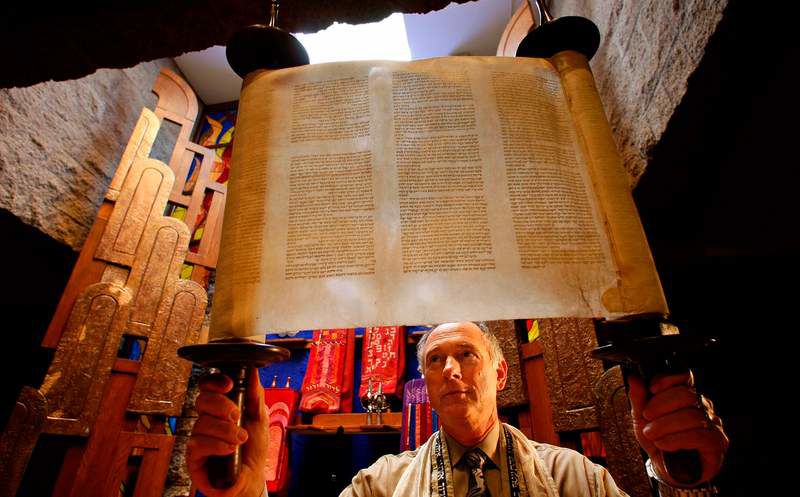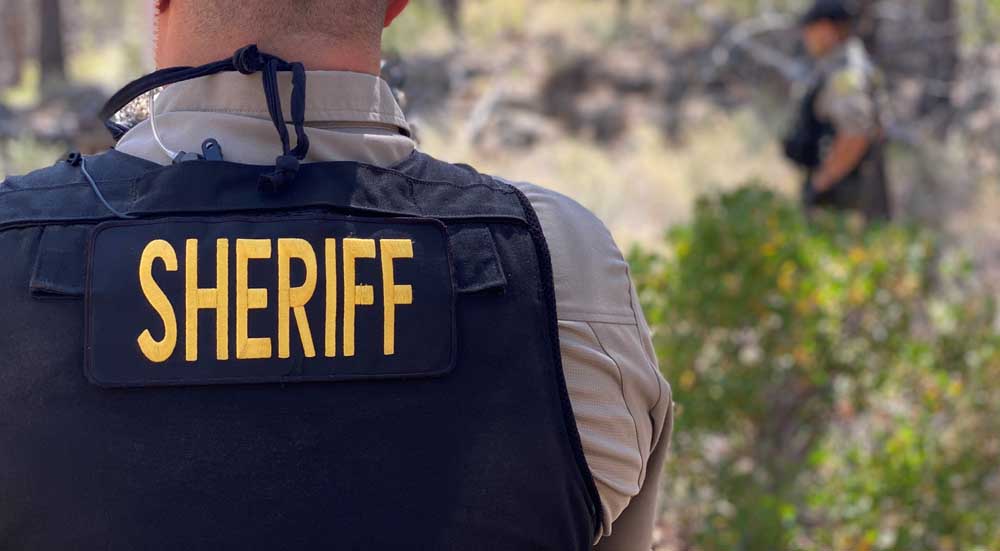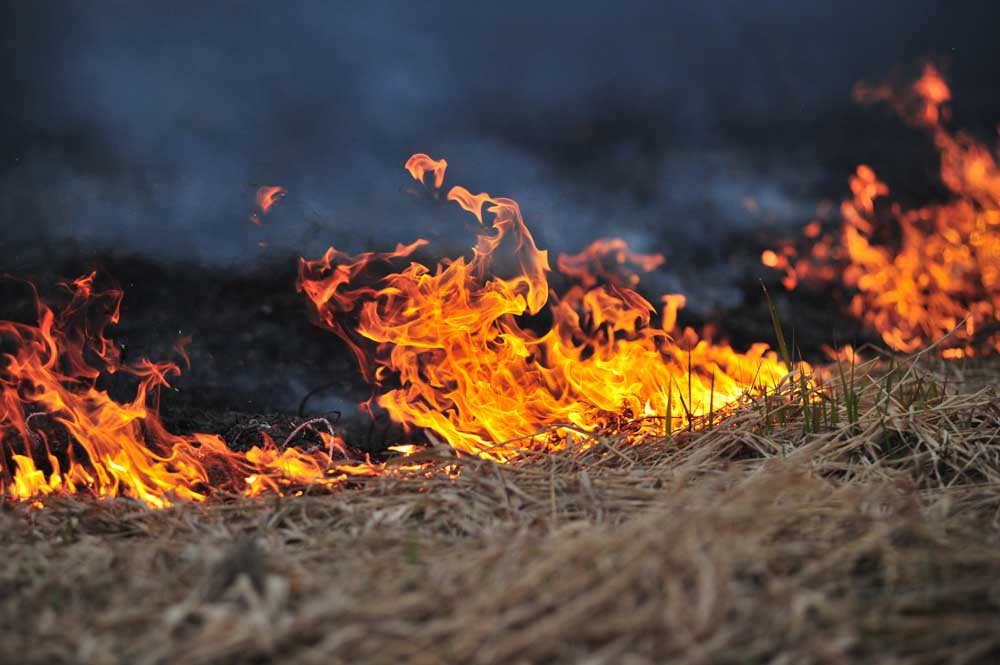Scroll with a story: Torah from 1650 to be restored
Published 5:00 am Saturday, October 16, 2010

- Rabbi Barry Lutz holds the Kolin Czech Memorial Scroll at Temple Ahavet Shalom in Northridge, Calif. The synagogue is having the scroll, which was created in Central Europe in the 1600s, restored.
LOS ANGELES — The more-than-300-year-old Torah survived the Holocaust, was later rescued from a deserted Jewish temple in Prague and eventually wound up at a Northridge, Calif., synagogue.
On Sunday, Temple Ahavat Shalom will hold a ceremony to mark the beginning of its restoration. Because of its fragile state, and its age — scrolls this old are a rarity in the United States, scribes say — the Torah is exhibited during holidays and services but is seldom used for learning.
Temple Ahavat will begin restoring the Scriptures so they can be fully utilized.
“Torahs are meant to be used … read from … and studied from,” said Temple Ahavat’s Rabbi Barry Lutz. “Restoring the Torah shows the commitment we have to keeping a Torah in a kosher condition, in proper working order, so we can read, learn and study from it.”
Torahs comprise the first five books of the Bible, telling among other stories about how Moses led the Jews out of Egypt. The scrolls are handwritten in Hebrew calligraphy on animal skin, usually cowhide, thinned to a parchment, and then woven together with leather thread.
Early history
As Lutz tells it, in a sermon he has preached to congregants, the life of Temple Ahavat’s Torah began around the 1650s in Kolin, a town in what is now the Czech Republic, where it was written. In the late 1690s, Viennese financier Samuel Oppenheim — whom Lutz later discovered was a distant relative of his wife’s — commissioned the building of a holy ark to house the scroll.
Kolin’s Jewish community flourished until 1938, when the Germans entered the then-Czechoslovakia and began the systematic removal of Jews, said Lutz, citing historical accounts.
In 1942, the entire Jewish population was deported from Kolin, and much of their belongings confiscated.
The ancient Torah was sent to a central Jewish Museum in Prague, where German authorities had ordered Jews to send all their liturgical objects, books and archive records, said Lutz.
The scroll remained in Prague for three decades, until the Soviet invasion of Czechoslovakia, when it was found warehoused, together with more than 1,500 other scrolls, in a damp and deserted synagogue.
In 1964, a British philanthropist made an agreement with the Czech government to bring the entire collection of Torahs to London for safekeeping at Westminster Synagogue, according to historical accounts.
It was soon decided that the usable Scriptures should be offered, on permanent loan, to Jewish communities around the world, to “serve as testimony and memorial to a great Jewish community that had been lost,” Lutz said.
Into the U.S.
In 1978, Rabbi Solomon Kleinman, then leader of Temple Ahavat, and synagogue members Esther and Harvey Saritzky decided that their congregation should have a scroll.
The Saritzkys helped finance the mission, Kleinman said. Esther Saritzky travelled to London and hand-carried the scroll back to Los Angeles.
Since then, the Torah has been ceremoniously carried at Temple Ahavat on special occasions, such as the High Holy Days and Holocaust Remembrance Day, said Lutz.
And every child who has undergone the traditional Jewish coming-of-age ceremony to become bar or bat mitzvah has carried the scroll.
“Every time we take it out, we tell the story of where this scroll comes from,” Lutz said.
But he said its use has been severely limited because of the scroll’s condition.
“We have never been able to open it up and read from it,” Lutz said.
That will eventually change after Sunday’s ceremony.
Rabbi Moshe Druin, a sofer stam, or certified scribe, will be responsible for retracing the letters in the scroll.
He said the age of the document gave it particular significance because many ancient scrolls were destroyed during past anti-Semitic persecution, wars and the Holocaust.
Most scrolls in the United States are 75 to 100 years old, Druin said.








